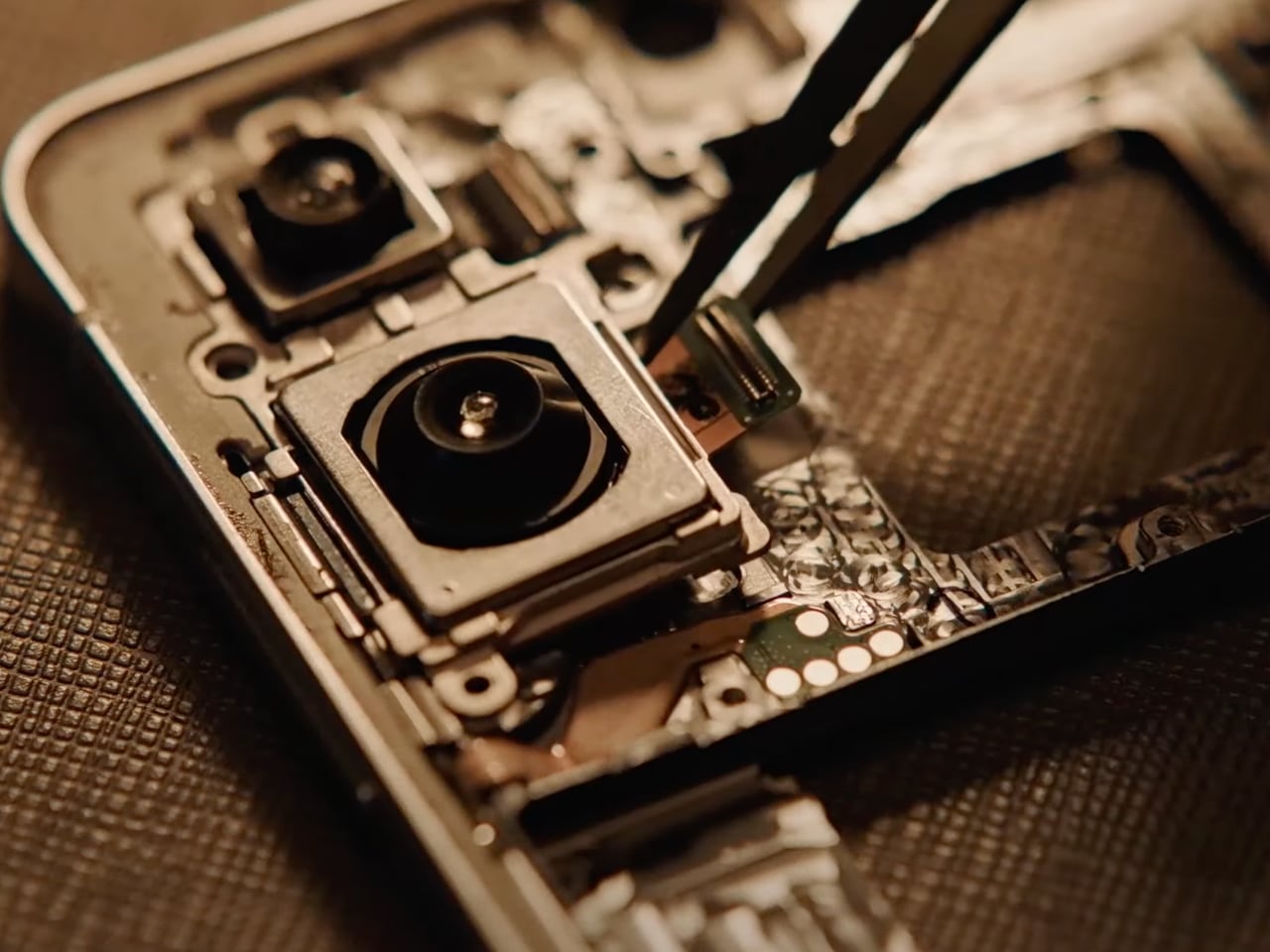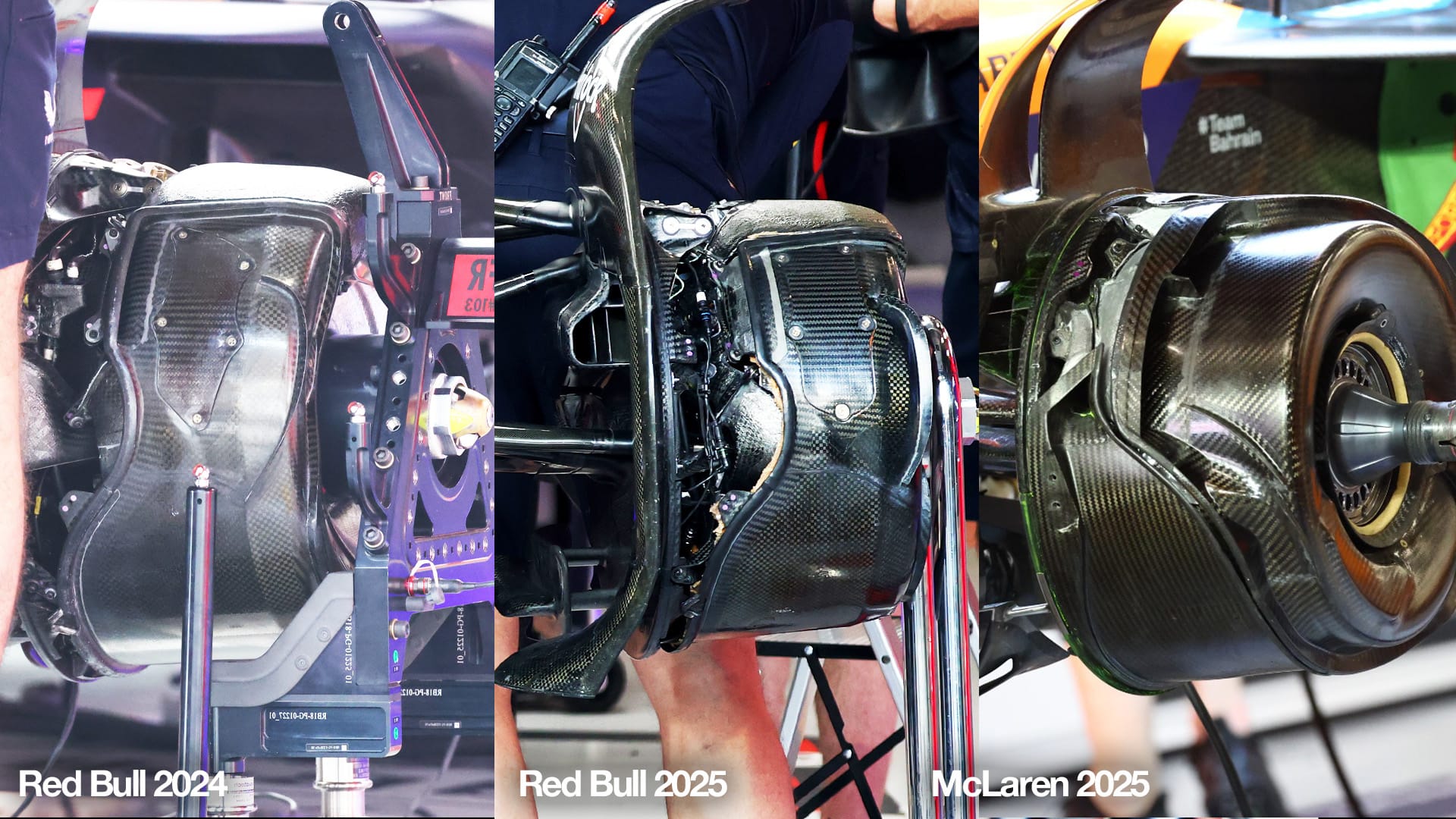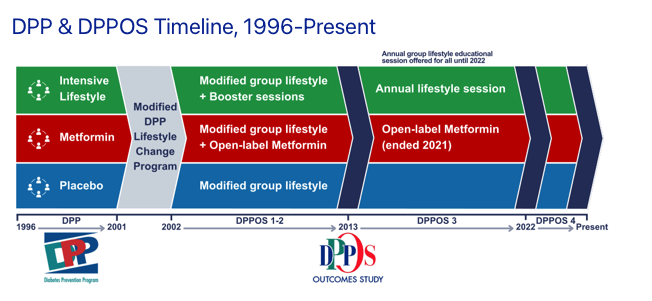Galaxy S25 Edge Reduces Thickness, Reframes the Flagship
Galaxy S25 Edge Reduces Thickness, Reframes the FlagshipSmartphone design has long flirted with minimalism, but Samsung’s Galaxy S25 Edge commits to it at a scale the industry has rarely seen. At 5.8...


Smartphone design has long flirted with minimalism, but Samsung’s Galaxy S25 Edge commits to it at a scale the industry has rarely seen. At 5.8 mm and 163 g, it becomes the thinnest Galaxy flagship to date, yet it resists every shortcut thin phones often embrace. This isn’t just a matter of slimming down for the spec sheet. The S25 Edge is the result of rethinking physical constraints as opportunities for structural clarity, system-level optimization, and a more intentional relationship between form and function.
Designer: Samsung
Samsung didn’t simply make a thinner phone. They used that constraint as a filter, refining every component—internally and externally—around a single design mandate: eliminate waste, preserve performance, and preserve the character of the S Series without defaulting to bloat.
Structure, fit, and materials
The outer frame is cut from titanium, selected for its rigidity under compression and lateral stress. Corners are tight but not sharp, with just enough radius to keep the body from feeling abrupt in hand. Both front and back panels are made from Gorilla Glass Ceramic 2, a new composite that hits a balance between hardness and thinness, helping maintain the slim profile without compromising scratch resistance.

Surfaces transition cleanly. The side key now sits slightly lower, aligned to the natural position of the thumb when the phone is held in one hand. There’s no flourish or detailing around the button. It just sits where it needs to be, framed by tight tolerances and flush lines.

Inside, the layout switches from vertical stacking to lateral tiling. Components are spread across the shell in a flat array, allowing thermal zones to separate and structural support to remain uninterrupted. Logic boards, battery cells, and shielding plates follow the contours of the titanium chassis, with no redundant space between them.

Performance, thermals, and power efficiency
Samsung didn’t scale back the silicon. The S25 Edge runs the same Snapdragon 8 Elite for Galaxy found in its Ultra sibling. The difference is how it stays cool. A newly shaped vapor chamber spans beneath the logic layer, dispersing heat outward toward the sidewalls without thickening the device.




The thermal solution keeps clock speeds steady, even under sustained load. The titanium body assists heat dissipation without needing extra bulk or airflow cutouts. Speaker components are positioned away from the warm zones, preserving acoustic clarity while maintaining balance across the frame.
Camera compression and internal optics
Fitting a 200 MP main camera into a 5.8 mm body required more than downsizing. Samsung rebuilt the module architecture. Lens elements were reshaped and stacked with shorter clearances. Stabilization hardware was anchored using a ceramic suspension bracket to maintain precision without vertical depth.

The result is a flush-mounted module that captures sharp detail without overcorrecting for its size. A secondary 12 MP ultra-wide camera expands the field of view and handles macro distance via autofocus. Up front, a 12 MP sensor brings 10-bit Log video to the selfie camera, opening up grading options previously limited to rear-facing setups.



The ProVisual Engine tunes the output in real time, enhancing textures at the edge level while avoiding overprocessing. Nightography mode blends exposures in low light to preserve contrast and minimize artifacts in dark tones.

AI features inside One UI 7
One UI 7 integrates Samsung’s AI tools directly into standard tasks. Photo Assist lets users erase or replace elements in the gallery. Audio Eraser cleans up environmental noise in video. Writing Assist reworks sentences inside the message field itself, offering quieter guidance without moving users between apps.

All of it runs locally. Galaxy AI does not send data for external processing. Tasks are isolated inside Samsung Knox Vault, which enforces a physical separation from the main OS, ensuring that private interactions don’t leave the device.
The system quietly adjusts over time. It anticipates recurring actions, preloads commonly used tools, and adapts to user rhythm without needing prompts. The changes don’t announce themselves. They just streamline what’s already happening.
Gemini and context-aware interaction
Google’s Gemini now functions through the camera as a live input stream. It reads posters, labels, clothing, or scenes in real time, then offers actions based on what’s visible. You can point at an event flyer, ask for information, and have it saved to Calendar without switching apps.

Conversations occur naturally, and the interface only changes when necessary. Gemini provides content and responds to commands using context from the current situation and your previous choices. For example, if you ask what to wear, it will suggest outfits based on the weather and then integrate those suggestions with your travel plans all in one interaction.

It doesn’t feel like a separate assistant. It behaves like a layer that watches and helps without disrupting what you’re already doing.
Availability and final take
The Galaxy S25 Edge is available for preorder starting May 12, priced at $1,199, with units expected to ship by May 23. Customers who order through Samsung’s official channels will receive a storage upgrade from 256 GB to 512 GB, a $50 credit, and trade-in values of up to $630 depending on the device. The available color options, Titanium Silver, Jet Black, and Icy Blue, reflect the phone’s design philosophy: minimalist, intentional, and sleek.

This isn’t a phone chasing icon status through flash or identity design. It trims unnecessary space, keeps performance where it matters, and reshapes the internal logic of a flagship to fit inside a frame that most engineers would consider unworkable. Everything that stayed had to prove it belonged.
Galaxy S25 Edge doesn’t expand the category. It compacts it. And in doing so, it shows how flagship thinking changes when the space to get it wrong disappears.
The post Galaxy S25 Edge Reduces Thickness, Reframes the Flagship first appeared on Yanko Design.




















































































